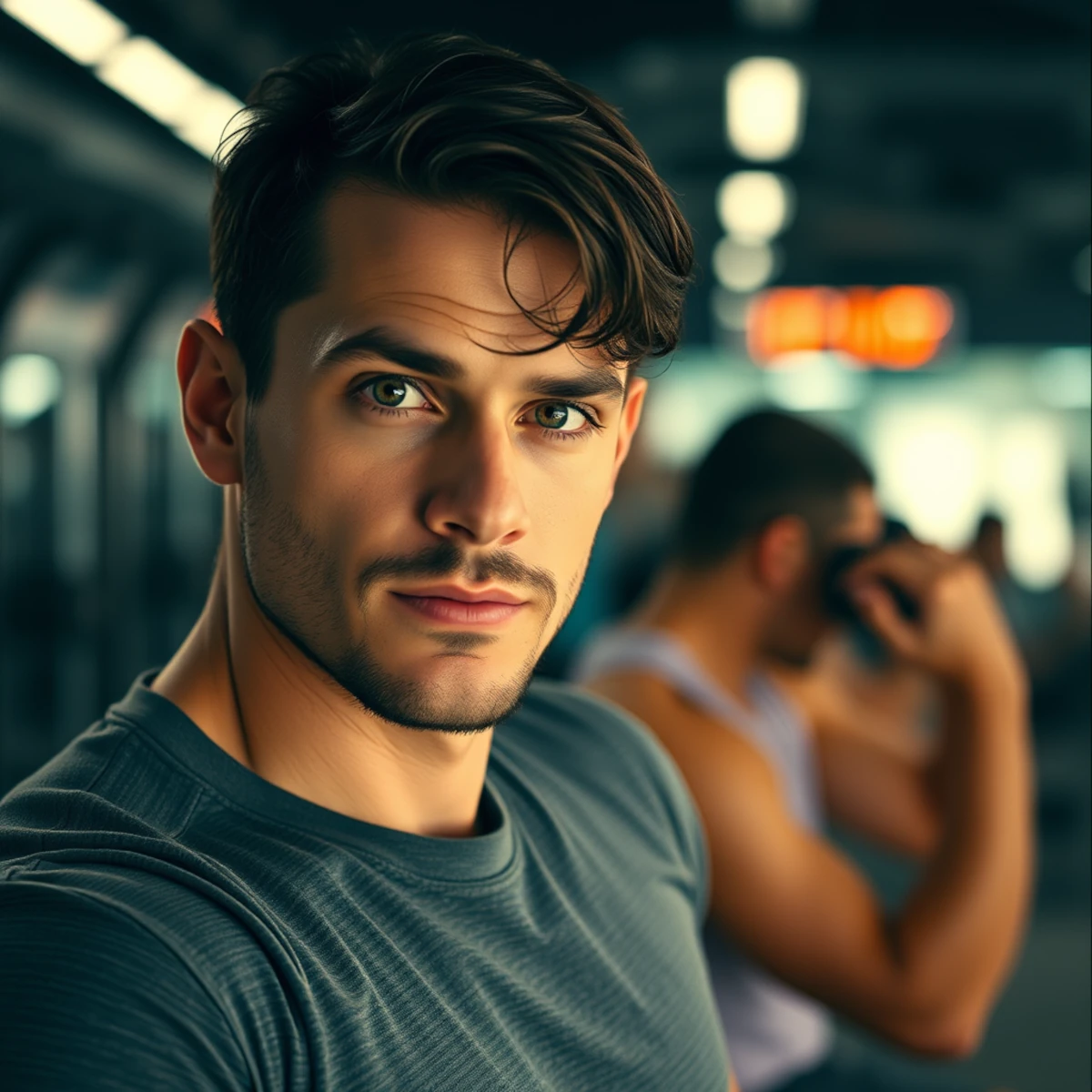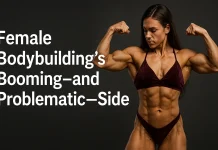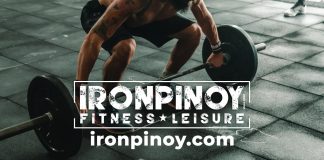Last Updated on January 22, 2024
Finding sponsors for natural bodybuilding has always been a challenge. When I founded the North American Natural Bodybuilding Association (NANBA) – now NANBF – in 1984, it was like pulling teeth to find sponsors because bodybuilding had a singular identity.
Drug testing was virtually non-existent, so sponsors naturally (no pun intended) gravitated to the only credible version of the sport at the time. They certainly weren’t going to risk their marketing dollars on a neophyte organization like mine promoting something that was setting off red flags about the sport.
Bodybuilding had been long been associated with steroids and other performance-enhancing drugs – at least since the early 1960’s and, perhaps, even a few years earlier – but they were largely under the radar for a long time. However, the proliferation of steroids became more evident with increasingly oversized, overdeveloped caricatures featured on the major bodybuilding magazine covers, and natural bodybuilding began to find its feet. As a result, unlike almost any other sport in the world (powerlifting would be the single exception), bodybuilding evolved into two distinct divisions: natural and artificially enhanced.
Steroids became illegal everywhere in the U.S. after passage of the Anabolic Steroid Control Act of 1990 which added anabolic steroids to Schedule III drug list, yet the artificially enhanced division of the sport continued to thrive with athletes literally snubbing their noses at the law and with law enforcement ignoring the obvious violations. It seemed like nobody cared – probably because the perception was that bodybuilding was just a “fringe” sport with a limited following at best, so no big deal. That erroneous perception persists to this day, and the blatant abuse of PEDs continues unabated. Without any obstacles to prevent them from propagating their steroid use, these artificially enhanced athletes have influenced an entire generation of young people who falsely idolize them for their enhanced appearance and try to emulate them, producing a growing market for these illicit drugs.
Natural bodybuilding has continued to grow in popularity, too, with more organizations, better athletes, bigger contests, more prize money – all the while providing an alternative for athletes who do not want to be compelled to use performance enhancing drugs and who want to compete on a level playing field. At the same time, they have, unquestionably, dissuaded countless youngsters from starting down the path of illicit drug use.
But, one thing has not changed over the years. While the number of bodybuilding sponsors has increased substantially with the growth of the sport, the vast majority of sponsors still overwhelmingly support the artificially enhanced division of the sport which begs the question of what it will take to convince them to change their allegiance.
Most sponsors want to distance themselves from any association with illegal drugs – especially with all of the negative publicity surrounding performance-enhancing drugs in recent years with major professional sports and the Olympics – but, apparently, that has not been a deterrent for current sponsors of the drug side of bodybuilding.
Of course, the argument that most of these sponsors proffer is that natural contests do not provide enough exposure for their products with their smaller audiences. However, they forget who is driving the bus. They have been propping up the artificially enhanced side of the sport for years. If these same sponsors were to throw their support behind the top natural organizations, they would quickly find that the size of the audiences would increase proportionally to their sponsorship dollars in the same way that their dollars have buttressed the other side for all these years. If they are going to play both ends against the middle, it’s time pick the right side.
Natural is the wave of the future.







